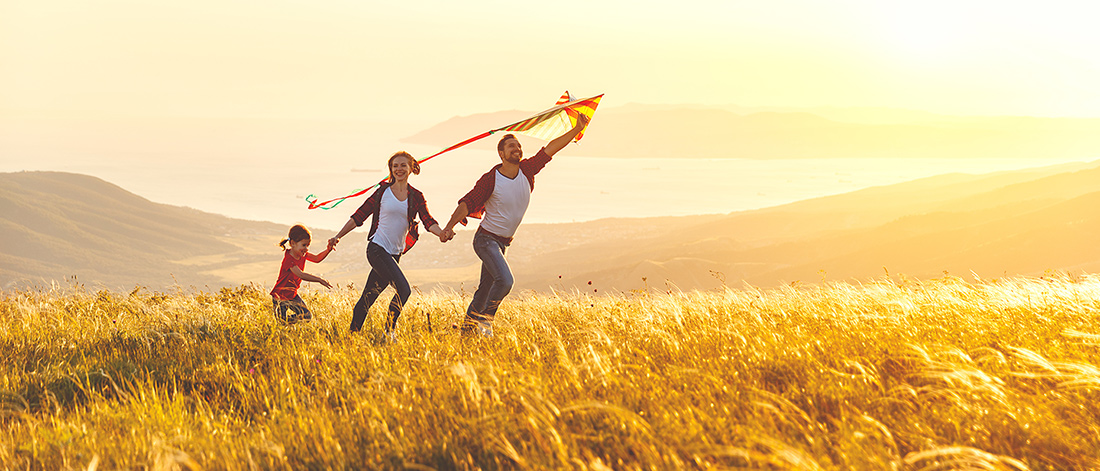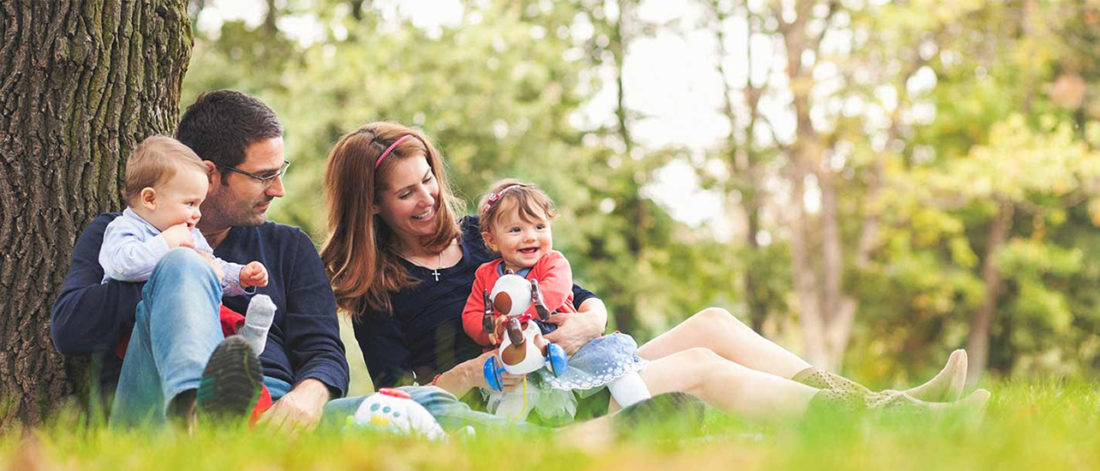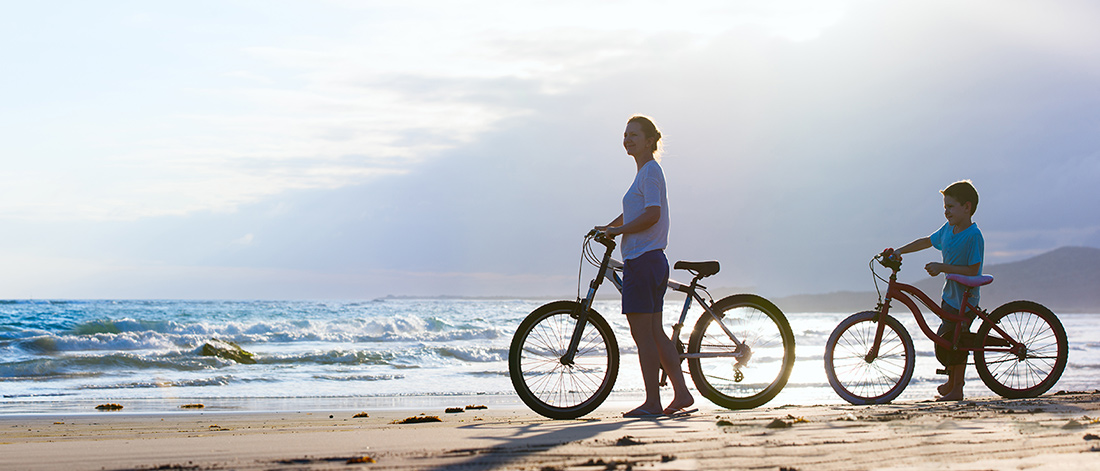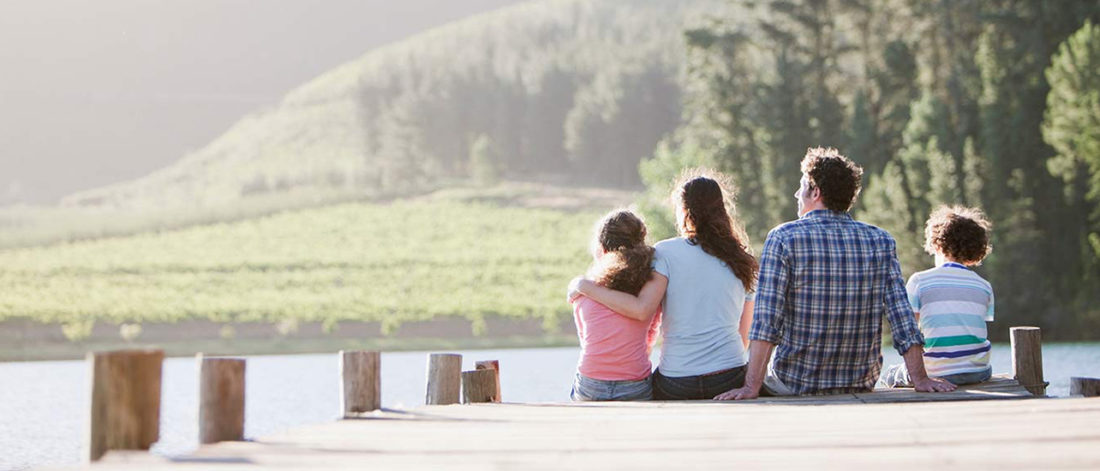“In every walk with nature, one receives far more than he seeks.” John Muir, Scottish-American naturalist and conservationist.
Stepping outside into the warmth of a spring day is one of the best moments of the year. After a long cold winter, those first few bursts of spring seem to rejuvenate our weather-worn souls. That mental health reboot is just one of the many benefits the great outdoors has to offer, and believe it or not, our ancestors have something to do with it.
There has been a growing field of research over the last thirty years on the interconnectedness between human health and nature, with a focus on ‘green exercise’. Green exercise is simply a physical activity that takes place in a natural setting or ‘green space’. For example, going for a bike ride along a nature trail or a leisurely walk through a neighborhood park would both classify as green exercise.
Of course, any form of exercise can be good for you, but what makes the ‘green’ in exercise so beneficial? To begin with, researchers theorize that humans have an innate affiliation with nature because we were shaped in part by our evolutionary environment. Simply put, our hunter-gatherer ancestors lived and fed off the land in a natural setting for thousands of years and that has left an imprint on our DNA.
A 2013 systematic research review on green exercise from the Journal of Extreme Physiology and Medicine affirmed that “the great outdoors has been a crucial part of human evolution, and it’s likely this reaches into modern attitudes towards nature, both conscious and unconscious.” Most people today live in urban settings surrounded by concrete, limiting contact with the restorative properties of nature. Driving in traffic on a noisy street stands in stark contrast to the way our ancestors lived in close proximity to nature. So if you’re walking along a wilderness trail this summer feeling happily at one with nature, take a moment to thank your ancestors!
Exercising outdoors can also be motivational, especially if your workout routine is feeling a little monotonous. Going green may be a great way to change things up. The 2013 journal article also showed that green exercise motivates people to be physically active by, “increasing enjoyment and escapism from everyday life.” Add in some sunlight and a little Vitamin D and you’ll find your mood improving with each step you take.
Furthermore, the article confirmed that exercise will actually feel easier when performed in a natural setting. “Green exercise reduces perceived effort and allows individuals to work at a higher intensity.” For example, if you’re jogging along a park trail, the pleasant environment can distract you from the task at hand, allowing you to jog longer or faster. I personally find running outdoors far preferable to indoors – I loathe treadmills but find running outside quite exhilarating.
The mental health benefits of the great outdoors are abundant and worth noting. In a Psychology Today article, psychologist Dr. Alan Fogel points out several advantages to green exercise, “it makes people happier, less fatigued and angry, more tranquil and relaxed, and bestows a more lasting energy boost compared to indoor exercise.” And even five minutes of green exercise (like walking across a beautiful campus or downtown park) can improve self-esteem and mood. Research has found the more connected you are to nature, the more life satisfaction you will have. Dr. Fogel explains, “Restorative environments have been shown to bring us more in touch with ourselves and remind us what is important in our lives.”
Ultimately, anyone can benefit from a green environment and what better time to enjoy the power of nature than the first bloom of spring. Victoria Lifeline’s GoSafe mobile pendant can help you feel safe and confident as you explore all the benefits of exercising outside. With advanced geo-location technology and industry-leading fall detection technology, GoSafe* is designed to quickly find you whether you are safe at home or out for a lovely afternoon walk. For more information on how this service can support your active lifestyle, visit victorialifeline.ca.
This article is meant to be informational and should not replace the advice of a trained healthcare professional.
GoSafe relies on cellular network availability.
Krystal Stokes is a Communications Manager with Victoria Lifeline, a community service of the Victoria General Hospital Foundation.
https://www.scientificamerican.com/article/nature-that-nurtures/








